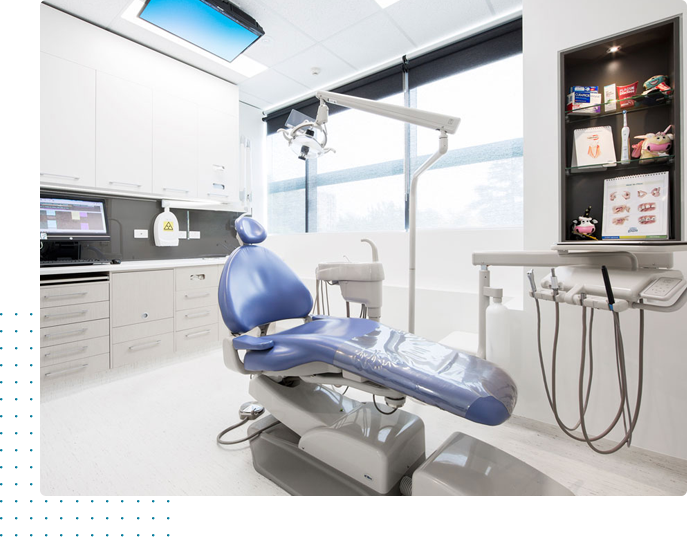Buying provides immediate cash flow but may come with outdated systems. Starting from scratch offers full control but requires a longer ramp-up to profitability. We can help you analyze the financials of both scenarios.
We can compare bank loans, equipment financing, and leasing. The best choice depends on the equipment’s cost, your practice’s cash flow, and the tax implications (e.g., Section 179 deductions).
It’s crucial to diversify. We’ll set up and maximize contributions to a plan like a 401(k) with profit sharing or a cash balance plan, while also building a separate, diversified investment portfolio.
At least 5-7 years before you plan to sell. A good plan takes time and involves getting financials in order, identifying a successor, and structuring a buy-sell agreement.
A Safe Harbor 401(k) is a great start. For highly profitable practices, a Cash Balance Plan can be layered on top, allowing for massive tax-deductible contributions in your peak earning years.







